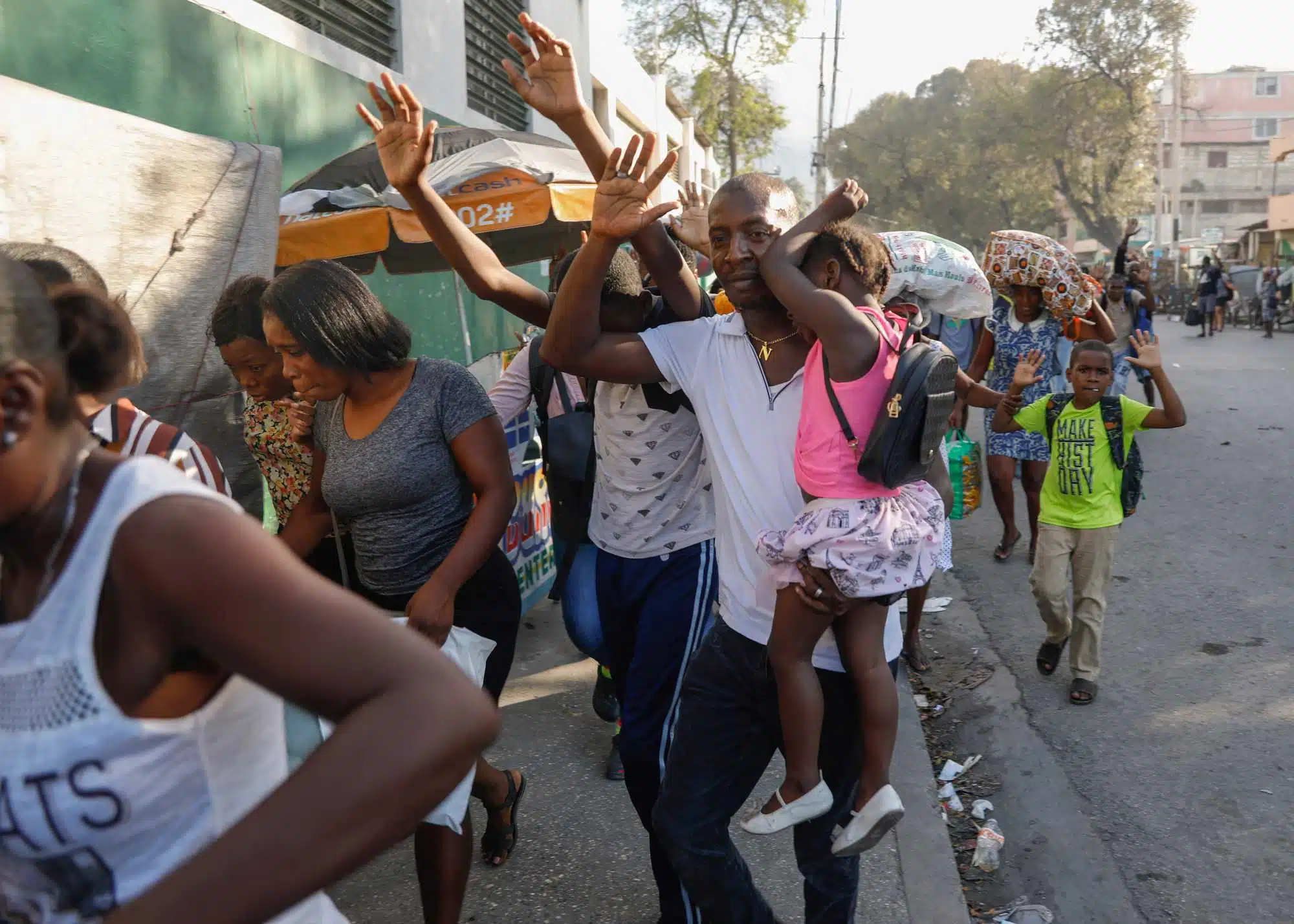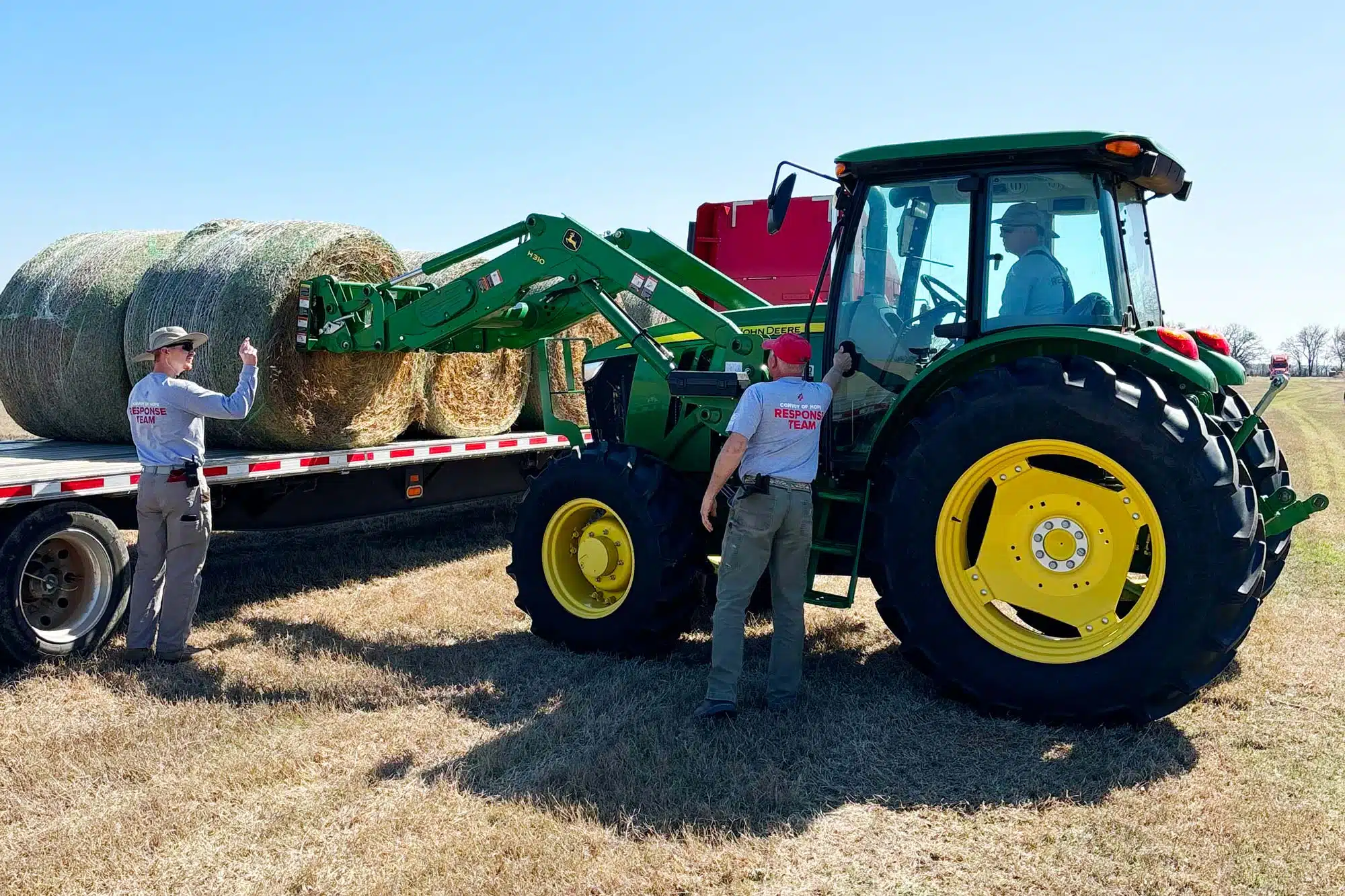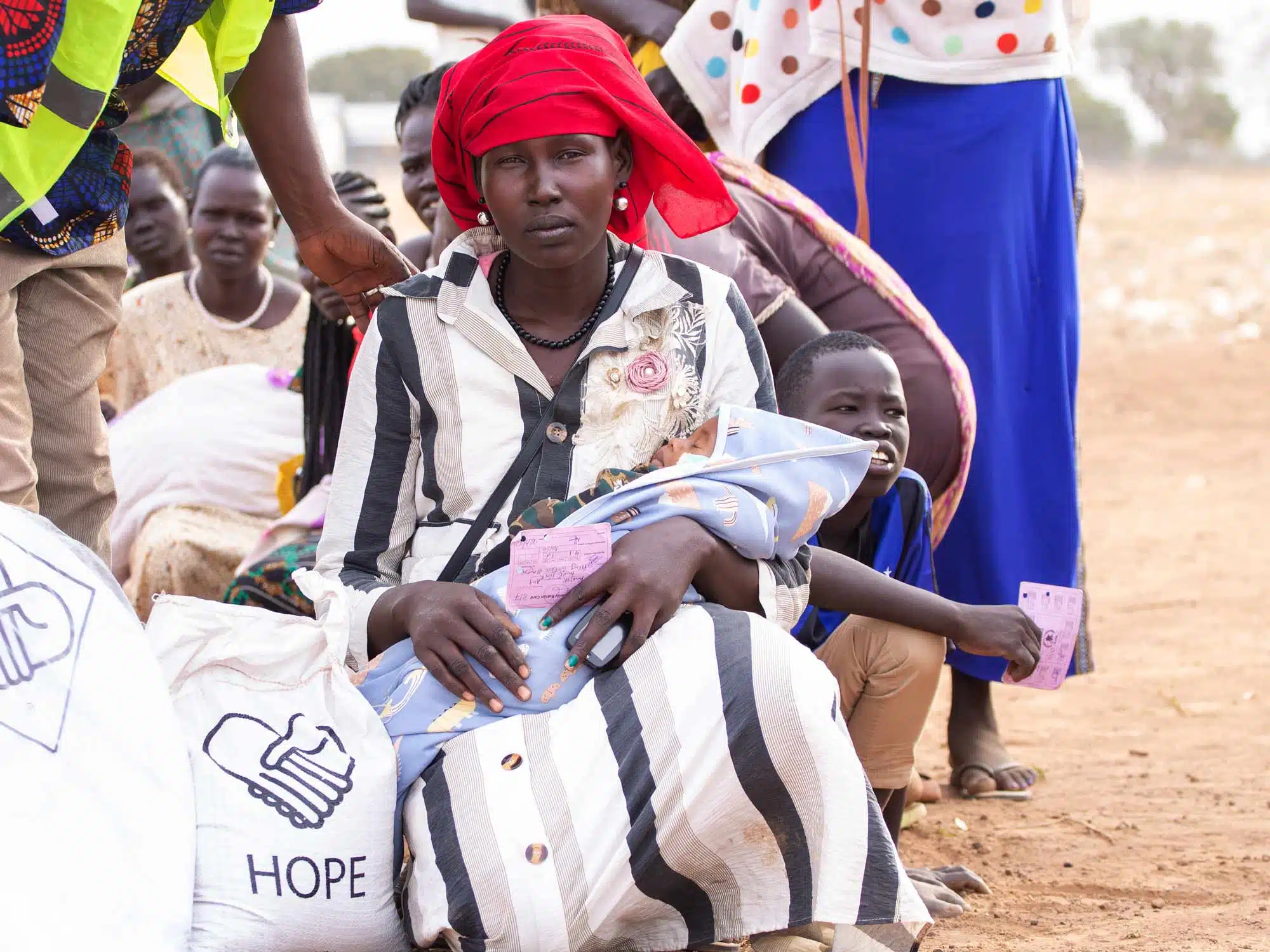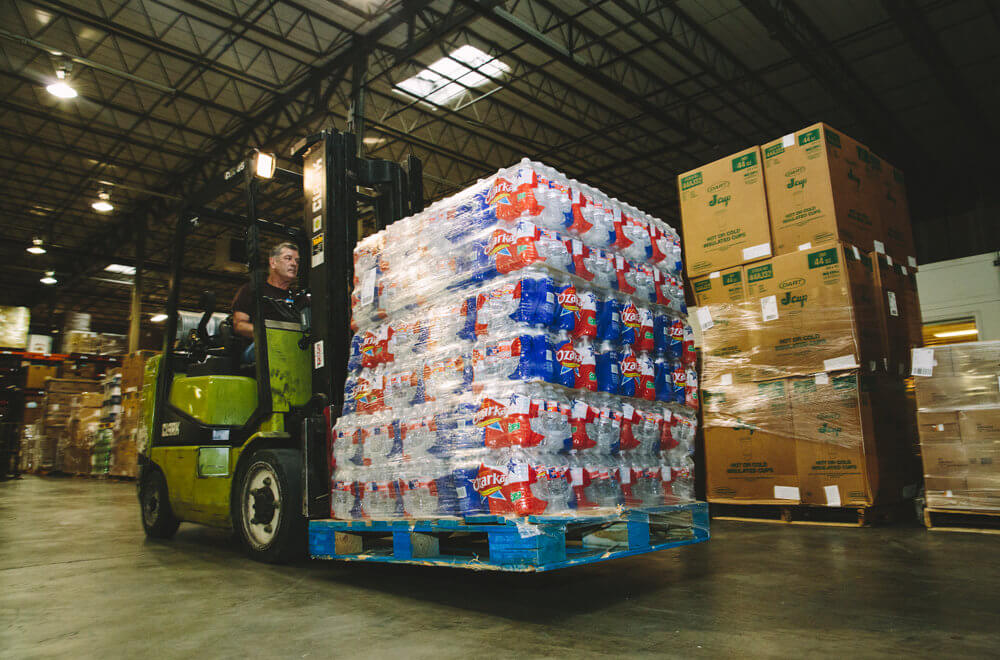When you hear a name connected with a major Atlantic storm, it comes from a list originated and recycled every six years by the World Meteorological Organization.
You can see the current lists here.
A name is retired and replaced when a storm with that name causes extreme property damage and loss of life. Alberto is the first name on the hurricane list for 2024.
In 1982, Hurricane Alberto only reached Category 1, but when it hit the island of Cuba it caused 23 deaths from heavy flooding.
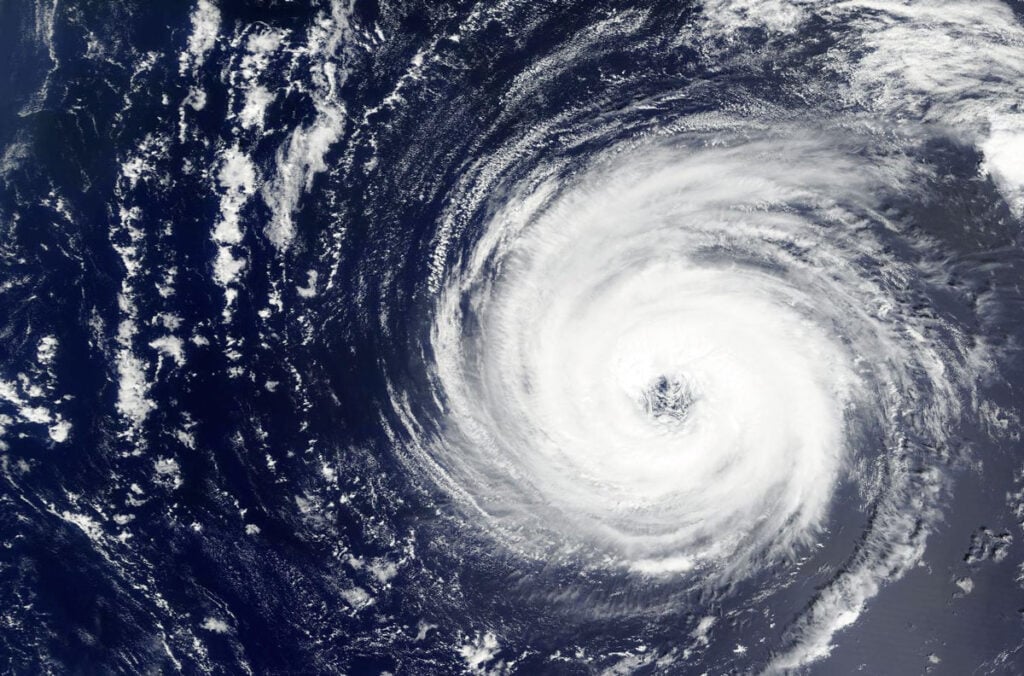
In the six hurricane seasons to include the name “Alberto” between 1988 and 2018, a tropical cyclone reached tropical storm status in 1988, 1994, 2006, 2012, and 2018. Alberto only reached hurricane status again in 2000.
Whether or not Alberto will become a hurricane this year connects directly to its wind speed. All named storms are a form of tropical cyclone, a rotating, organized system of clouds and thunderstorms that originates over tropical or subtropical waters and has a closed low-level circulation.
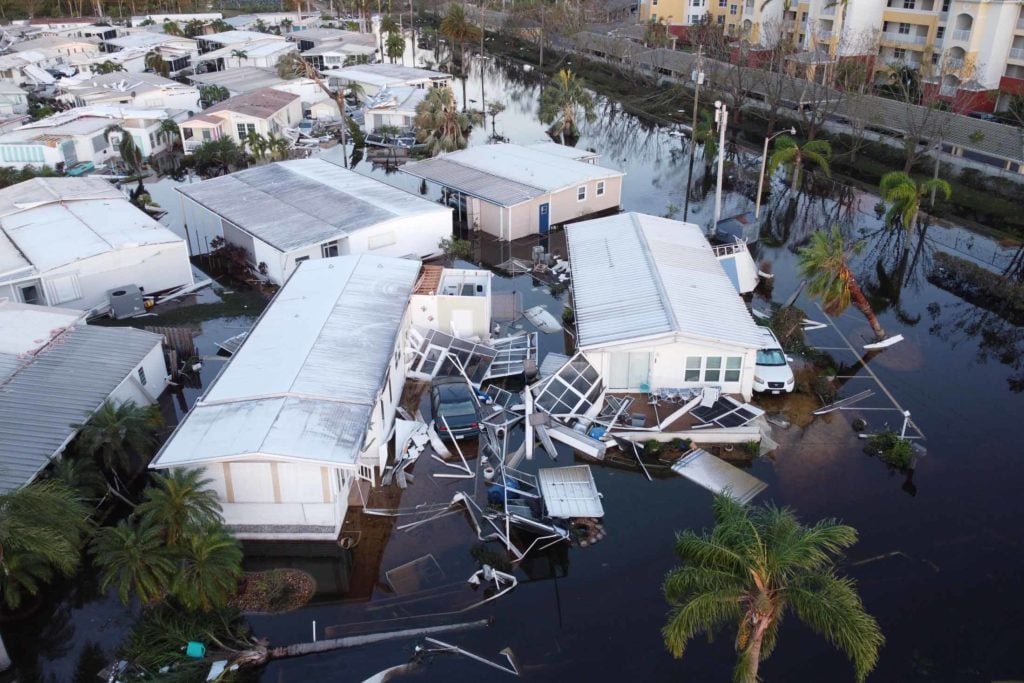
Early on, as a tropical depression, the system has sustained wind speeds of less than 39 mph. Tropical depressions are not given names but are tracked to determine if they are growing into tropical storms or hurricanes.
Alberto’s classification as a tropical storm and the release of its name would happen when its sustained wind speed reaches 39 mph.
If that speed reaches 74 mph, Alberto will be a hurricane.
As you’ll see below, even if a tropical storm never achieves hurricane status, it can pose a threat to lives and property.
When Was Hurricane Alberto?
If you’ve been checking out the planned Atlantic storm names for 2024 and seen Alberto at the top of the list, perhaps you’ve asked yourself, “When did Hurricane Alberto hit?” or “What year was Hurricane Alberto?”
The Category 1 Hurricane Alberto that formed near Cuba in 1982 caused the worst flooding in the western part of the island in 32 years. Heavy rainfall continued in the country for several weeks after the storm, killing some 23 people.
In 2000, Hurricane Alberto achieved Category 3 status, but did not approach land.
Where Did Hurricane Alberto Hit?
Hurricane Alberto in 2000 created a new distance record for a tropical cyclone in the Atlantic.
At various stages of development, the storm system that formed off the coast of West Africa made it across much of the Atlantic toward Canada before traveling back to the middle of the ocean and then veering northeast all the way beyond Iceland.
Alberto never posed a threat to land.
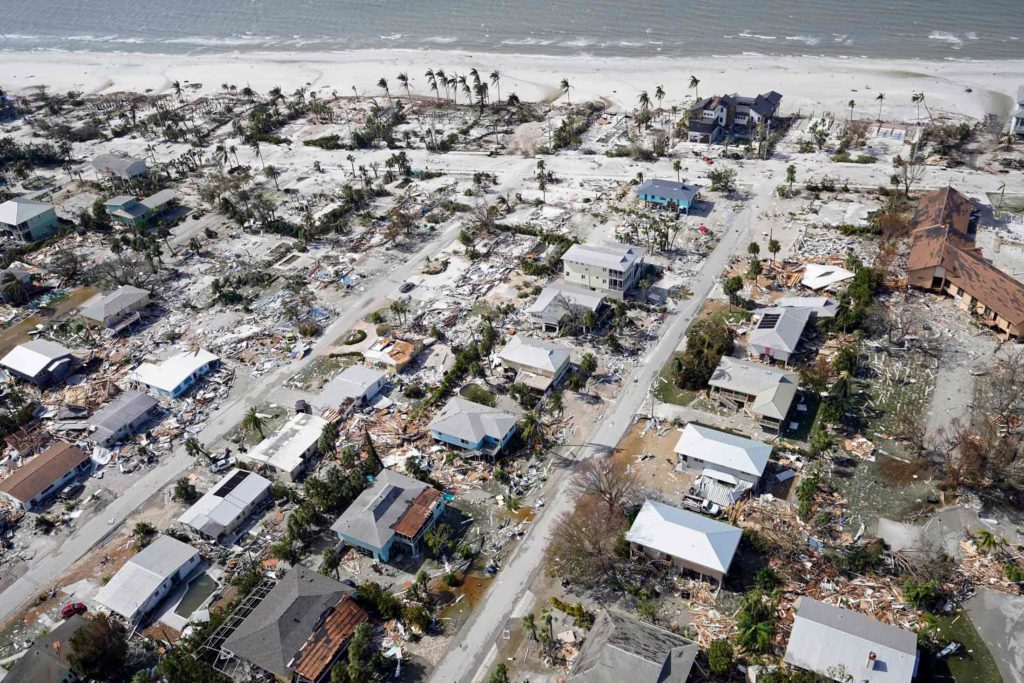
The Category 1 Hurricane Alberto that wreaked havoc in Cuba developed in the Gulf of Mexico and reached hurricane status on June 3, the earliest date for an Atlantic hurricane since Hurricane Alma in May 1970.
While Alberto dissipated just three days later, the rainstorms it created proved to be long-lasting and deadly.
Landfall for other Alberto storms included a Florida impact for three tropical storms in 1994, 2006, and 2018. The 1994 storm caused 30 deaths, mostly in Georgia.
What Category Was Hurricane Alberto?
Hurricane Alberto in 1982 achieved Category 1 status, with its highest winds measured at 85 mph, about midrange for the 74-95 mph speeds defining that level of storm.
Category 3 Hurricane Alberto in 2000 had winds of 125 mph, just 5 mph shy of a Category 4.
Even when wind speeds are significantly lower, as with Tropical Storm Alberto’s 65 mph maximum in 1994, the potential for destruction is high. That year, extensive and destructive flooding hit Alabama, Georgia, and Florida.
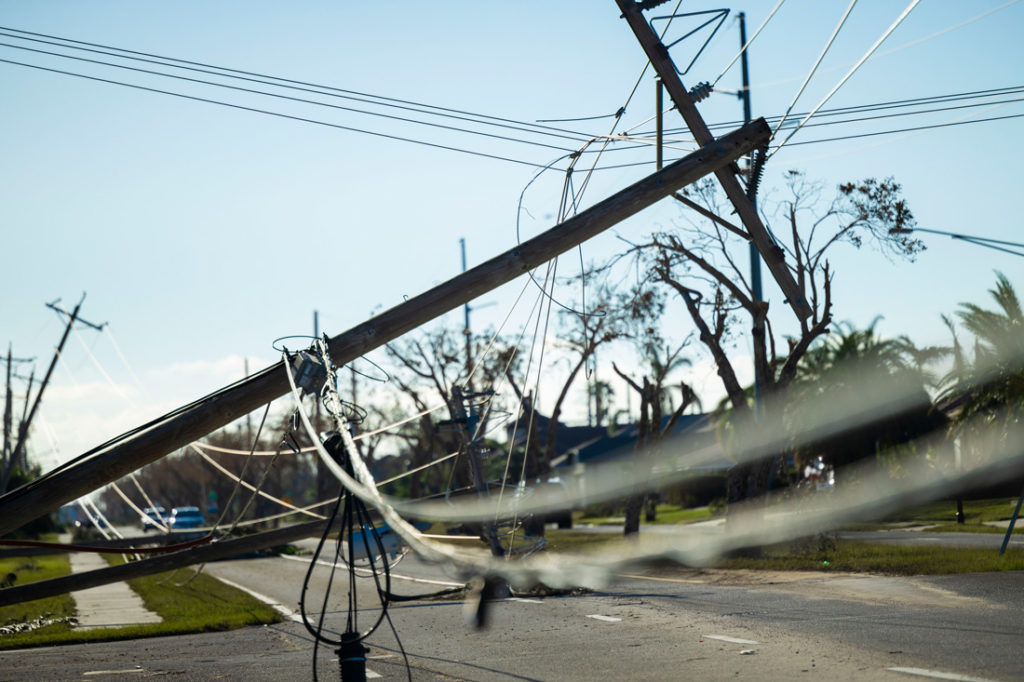
What Time Will Hurricane Alberto Make Landfall?
There is no correlation between similarly named hurricanes in history, so asking, “What time did Hurricane Alberto make landfall?” in 1982 and 2000 will not help you prepare for a potential Hurricane Alberto in 2024.
With any current storm predicted to reach your region, stay up to date on weather forecasts and be aware of that specific storm’s estimated landfall.
With any severe storm, don’t make the mistake of waiting until the last minute to reach a safe area. This article will be updated as more details about 2024’s Alberto become available.
How Many People Died in Hurricane Alberto?
The 23 deaths in Cuba caused by Hurricane Alberto in 1982 and the 30 deaths in the southeast U.S. by Hurricane Alberto in 2000 offer a cautionary history when you study these weather systems.
The 30 deaths connected with Tropical Storm Alberto in 1994 and the tropical storm deaths of 2018 are a reminder that “hurricane” doesn’t have to be placed in a storm’s name for people to take it seriously.
What Was the Path of Hurricane Alberto?
Hurricane Alberto in 1982 followed a short and brief path within the Gulf of Mexico.
In contrast, the Hurricane Alberto of 2000 set a record for its extremely long and looping navigation of the Atlantic Ocean that took it from the coast of West Africa toward Canada and eventually between Greenland and Iceland to dissipate north of Iceland.
Convoy of Hope & Hurricanes
The faith-based nonprofit Convoy of Hope — with dozens of program countries around the world — celebrates its 30th anniversary in 2024.
Convoy began to respond to disasters in 1998 when flooding in Del Rio, Texas, followed that year’s Tropical Storm Charley.
Hurricane response continues to be an annual priority for Convoy.
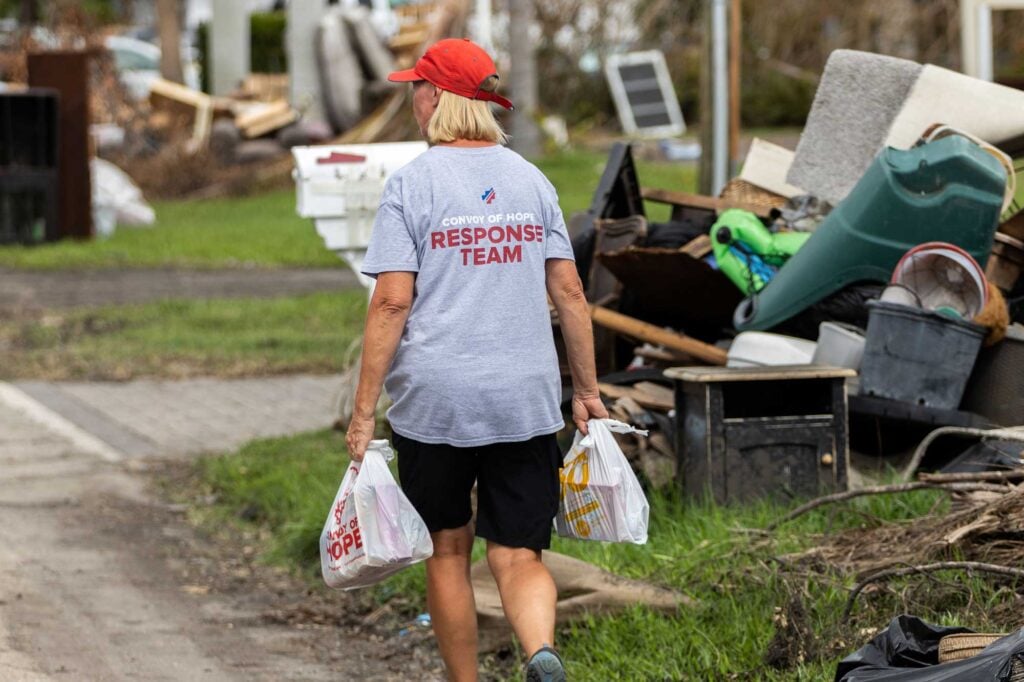
How Convoy Works
After a hurricane is named, Convoy’s Disaster Services team follows weather updates closely trying to gauge if a response will be needed in an affected region. Days ahead of a predicted landfall, plans begin to materialize at Convoy’s World Distribution Center.
Volunteers and team members pack resources for distribution, and a convoy of trucks heads to the affected area. Once the danger has passed and a community’s needs become clear, one or more distribution points can begin operation.
Convoy’s 2022 response to Hurricane Ian.
On a distribution day, lines of cars form to receive groceries, bottled water, bags of ice, cleaning supplies, and other resources desperately needed following a storm’s impact on a community.
Hurricane Ian smashed across central Florida on September 28, 2022, with sustained winds of 155 mph.
By October 6, Convoy of Hope had served more than 17,000 survivors with the help of nearly 500 volunteers.
In some cases, storm damage can be severe enough to merit a long-term recovery response.
A year or more after a major storm, Convoy may still be onsite with follow-up distributions. For example, Convoy held a recovery event in LaPlace, Louisiana, in November 2022 for regions hit hard by 2021’s Hurricane Ida.
To help contribute to Convoy of Hope as we provide disaster relief around the world, click the link below!

